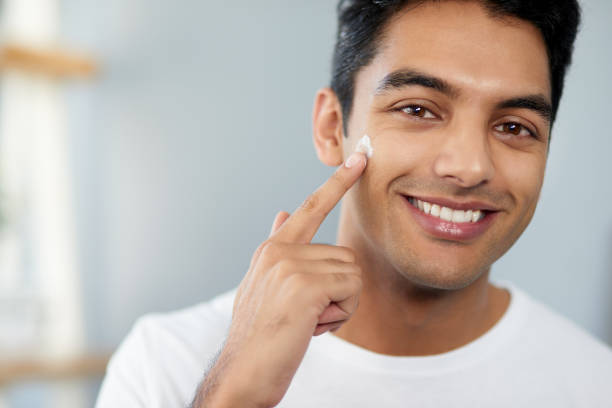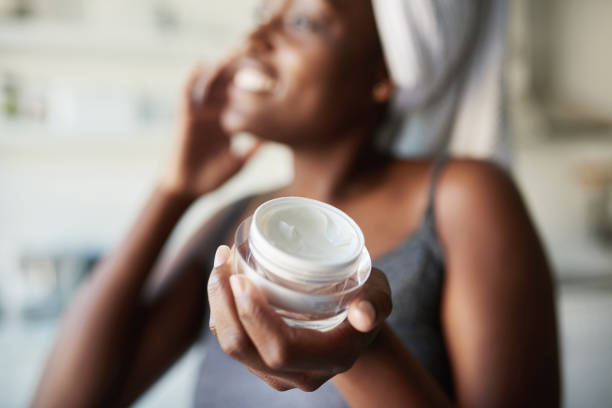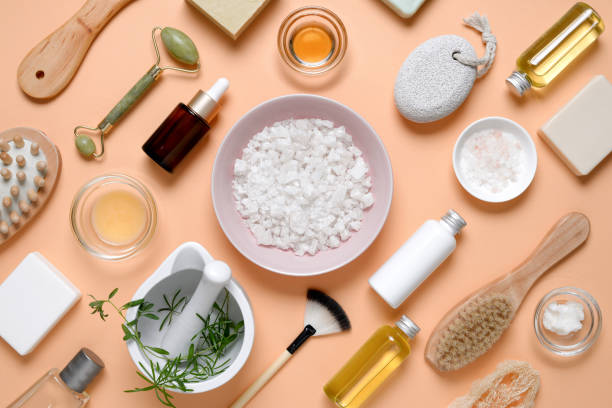Did you know that many of your skincare products contain harsh chemicals that actually damage your skin? Although many products say “natural” the contents are not natural. However, understanding the carcinogenic nature of chemicals in skin care products could change this behavior. Here are a few of the top ingredients that should be avoided in skin care products:
Perfumes and Fragrances
Just because it smells good doesn’t mean that it is good for your skin. Most fragrances are synthetic origin, many toxic or carcinogenic (causing or contributing to cancer). Fragrances affect the central nervous system and cause depression, hyperactivity, irritability, and other behavioral changes. The label of “Fragrances” can mean a multitude of synthetic and toxic chemicals. When looking for something that smells good, make sure it’s scented by essential oils.
Alkylphenol Ethoxylates
This chemical is found to reduce sperm cell count in animals and is currently under review by the EPA.
Petrolatum
This is well known as petroleum jelly and is a mineral oil used in various cosmetics. It has no nutrient value for the skin and can interfere with the body’s own natural moisturizing mechanism, leading to dryness and chapping. Companies produce petrolatum because it is super cheap.
Synthetic Coloring –FD&C Food Coloring
Color makes things look good but they may not be good for the skin. The colors are often synthetic colors made from coal tar, containing heavy metal salts that deposit toxins onto the skin, causing skin sensitivity and irritation. They will be labeled as FD&C or D&C, followed by a color and a number. Example: FD&C Red No. 6 / D&C Green No. 6. Many synthetic colors can be carcinogenic.
Coal Tar
This is a carcinogen that is prohibited for us in cosmetics in the European Union. It is found in dandruff shampoos, hair dyes, and anti-itch creams.
Phthalates
This chemical makes shaving cream smooth, but research links it to neuro-toxicity and neuro-developmental disorders, as well as to asthma and allergies. It is also found in nail polish, perfume, and hair spray.
Sodium Lauryl Sulfate (SLS) & Sodium Laureth Sulfate (SLES)
This is found in things that foam. They are known to cause inflammation of the skin.
DEA (diethanolamine), MEA (monoethanolamine), & TEA (triethanolamine)
These hormone-disrupting chemicals are already restricted in Europe due to known carcinogenic effects. They were sited for causing cancer.
Triclosan
Causes cancer and is noted by the EPA as a pesticide.
Propylene Glycol (PG) & Butylene Glycol
These are petroleum plastics that easily go through the skin and may weaken protein and cellular structure.
Mineral Oil (i.e. Baby Oil)
This one ingredient is so common in everyday skin care products. It stops the body from being able to eliminate toxins, promoting acne and other disorders. It slows down skin function and cell development. Stop putting this on our babies!
Overall as consumers we should read labels carefully. Don’t buy it because is smells good or looks good. Read what “good” means to your body and then make a healthy choice of a quality product that maintains the skin that you deserve. Promote a healthier and resilient appearance naturally. It is time that you take a more active role in skin health and show interest in investing in the skin they are in. Furthermore, magazines should take a more active role in the education and advertisement of natural products that promote health outside as well as inside of the body.
A daily regiment for cleansing and moisturizing, and a weekly regiment for exfoliating is essential to healthy skin in everyone.
The author is the owner of Mikios Natural Body Scrub, a company that makes 100% natural salt body scrubs that exfoliate and moisturize skin. The owner believes that companies and consumers are mutually responsible for reducing exposure to chemicals and toxic substances. While companies can stop producing them by offering alternative ingredients, consumers can stop purchasing them and require healthier products.




